An Introduction to 3D Shapes
Here is an introduction to 3D shapes. In this session we will take a brief look at the common 3D shapes and their names.
Before we start. What does 3D mean?
Here is a line. This has got
one dimension (length)
![]()
Here is a rectangle. It has got It has got two dimensions, length and breadth (width). So it is 2D.

Do you know any other 2D shapes?
Got to answer
You could have any of these:
Squares, circles, triangles, parallelograms and all the polygons (hexagon, pentagon etc).
All these shapes are 2D. They have area but no depth
So all 3D shapes must have depth they are solid.
All 3D shapes have volume.
Now do you know what the D in 3D means?
Go to answer
Well did you get it?
The D stands for "dimensions."
Let us look at some 3D shapes
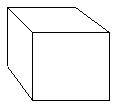 |
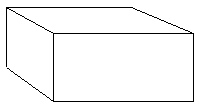 |
| Here is a cube | Here is a cuboid |
What is the difference?
Go to answer
The cube had got all sides of equal
length (a 3D version of a square).
A cuboid is like the 3D version of a rectangle.
Here are some more 3D shapes that you need to know:
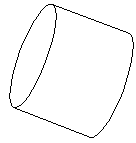 |
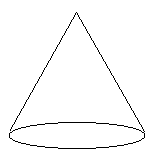 |
| Here we have a cylinder. | Here we have a cone |
 |
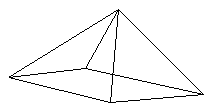 |
| Here is a triangular prism | Do you know what this is? (click for answer) |
It is a pyramid. A square based pyramid.
And the final shape we will introduce is very much like the pyramid.
Here is a regular tetrahedron (tet-ra-he-dron).
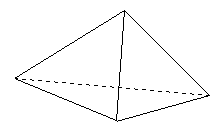
Well those are the 3D shapes that you need to learn.
There is one more obvious shape that we have not discussed here yet.
Do you know what it is?
Why not look back at the 2D shapes and see if you can see one shape that does not seem to have a 3D form?
We will show it to you next time we look at 3D shapes!
Review
Try to learn and recognise the 3d shapes we have looked at today.
3D means that these shapes are solid and have volume.